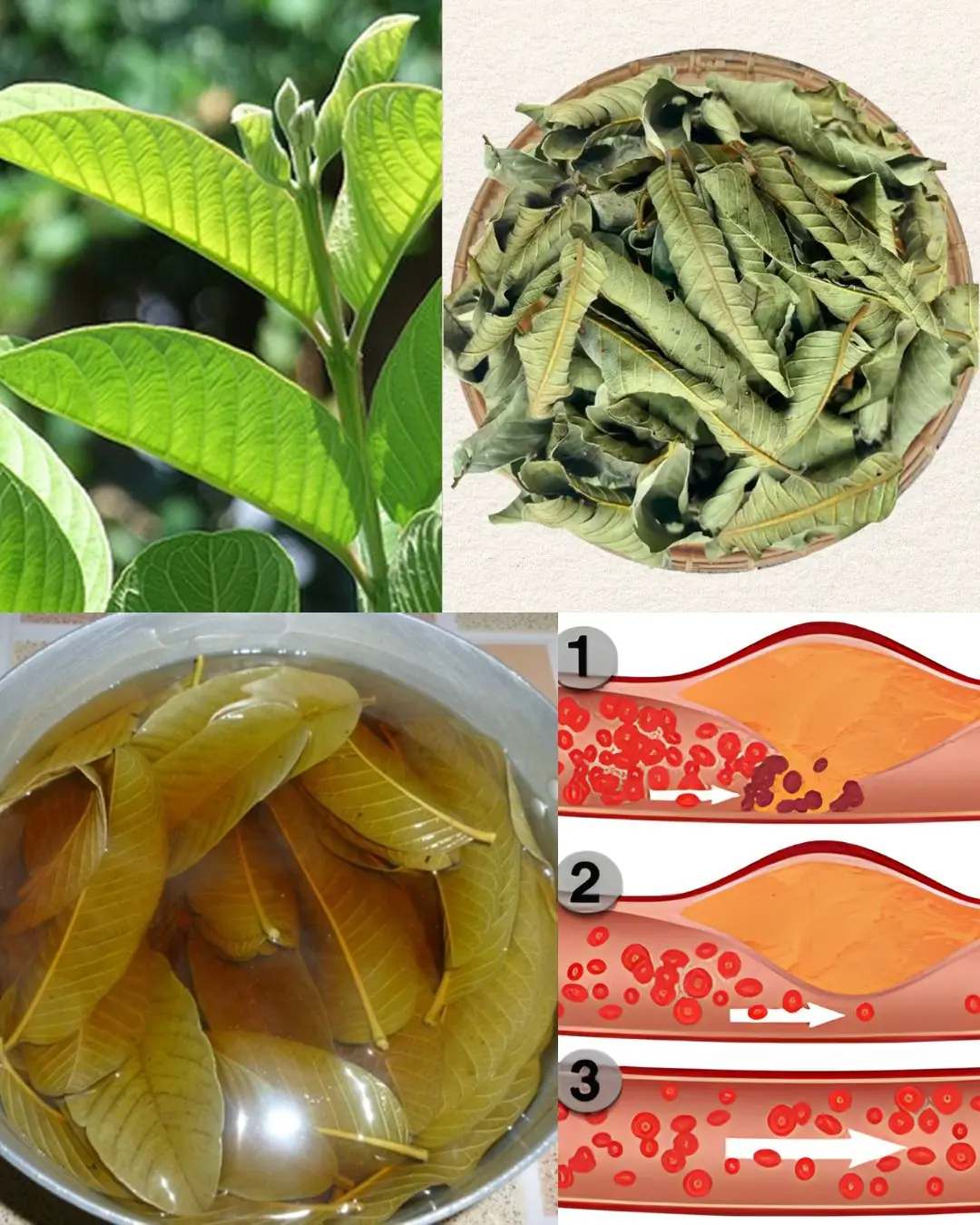
Common Mullein: Benefits and Uses of Nature’s Versatile Herb
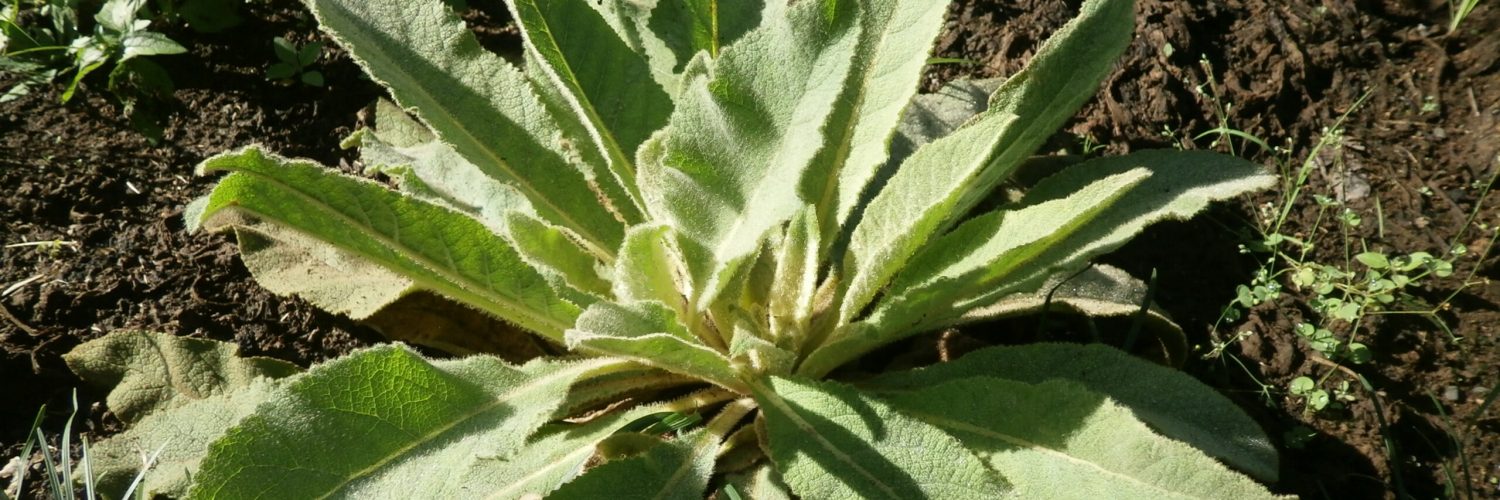
The Versatile Benefits of Common Mullein (Verbascum thapsus)
The Common Mullein (Verbascum thapsus), also known as Woolly Mullein or Flannel Plant, is a biennial herb native to Europe, Asia, and North Africa. Recognized for its towering yellow flower spikes and soft, velvety leaves, this resilient plant has been used for centuries for both medicinal and practical purposes. In this article, we will explore the numerous benefits and applications of this versatile herb, from its medicinal uses to its everyday practical applications.
1. Medicinal Benefits
Respiratory Health
Mullein has long been valued for its benefits to respiratory health. It is especially known for its ability to alleviate conditions like coughs, bronchitis, asthma, and chest congestion.
-
Expectorant Properties: Mullein helps expel mucus from the airways, making it effective for clearing congestion.
-
Anti-Inflammatory Effect: It soothes inflamed tissues in the lungs and throat, providing relief for sore throats and dry, hacking coughs.
How to Use:
-
Mullein Tea: Made from the dried leaves or flowers, mullein tea is a popular remedy.
-
Mullein Tinctures and Syrups: Available for more concentrated use.
Ear Health
-
Ear Infections: Mullein flower oil is traditionally used to treat earaches and ear infections, particularly in children. Its antimicrobial and anti-inflammatory properties reduce pain and inflammation.
How to Use:
-
Apply a few drops of warmed mullein-infused oil to the affected ear for relief.
Anti-Inflammatory Properties
Mullein is rich in antioxidants and bioactive compounds like verbascoside, which possess potent anti-inflammatory effects. This makes it effective for managing joint pain, muscle aches, and swelling.
Antiviral and Antibacterial Benefits
Mullein has demonstrated both antiviral and antibacterial properties. It is useful for fighting infections like the flu and colds and also calms irritated mucous membranes.
2. Skin Care and Wound Healing
Mullein leaves have external applications for treating burns, cuts, sores, and bruises. Their soothing and astringent properties make them effective for addressing skin conditions such as eczema and rashes.
How to Use:
-
Apply mullein-infused oil or poultices made from fresh or dried leaves directly to the skin.
3. Digestive Health
Mullein tea has been traditionally used to ease digestive issues such as diarrhea, constipation, and hemorrhoids. It helps soothe the gut lining and reduces inflammation in the digestive tract, promoting overall gut health.
4. Pain Relief
Mullein has mild analgesic properties, making it helpful for relieving headaches, joint pain, and other forms of discomfort.
5. Practical and Everyday Uses
Lamp Wicks:
Historically, the soft leaves and stems of mullein were used as wicks for oil lamps and candles due to their ability to burn steadily.
Insulation:
The velvety texture of mullein leaves made them a natural insulator for shoes and clothing during cold weather.
Fire Starting:
Dried mullein stalks were often used as torches or fire starters, helping early civilizations kindle fires with ease.
6. For Pollinators and the Environment
Mullein flowers are highly attractive to bees, butterflies, and other pollinators, promoting biodiversity in gardens and wild areas. Additionally, as a hardy plant, mullein can help improve poor soils and prevent soil erosion.
How to Use Common Mullein
Mullein Tea Recipe:
-
Ingredients: 1-2 teaspoons of dried mullein leaves or flowers, 1 cup of hot water.
-
Instructions:
-
Steep the herb in hot water for 10-15 minutes.
-
Strain carefully to remove the tiny hairs from the leaves, as they can irritate the throat.
-
-
Usage: Drink up to 2-3 cups daily for respiratory relief.
Mullein Oil for Earaches:
-
Ingredients: Fresh or dried mullein flowers, olive oil.
-
Instructions:
-
Place the flowers in a jar and cover them with olive oil.
-
Let it infuse for 2-4 weeks in a warm, sunny spot.
-
Strain the oil and store it in a dropper bottle.
-
-
Usage: Use 2-3 warm drops in the ear to relieve pain and infections.
Precautions
-
Latex Sensitivity: Mullein produces a milky sap (latex) that may irritate the skin or cause allergic reactions in some individuals. Always wash your hands after handling mullein.
-
Dosage: Overconsumption of mullein tea or supplements may lead to gastrointestinal upset. Stick to recommended amounts for safety.
-
Pregnancy and Breastfeeding: Consult with a healthcare provider before using mullein during pregnancy or while breastfeeding, especially for chronic conditions.
Growing and Harvesting Fig Leaves
Fig trees are relatively easy to grow and thrive in warm, sunny climates. If you have access to a fig tree:
-
Harvest: Pick mature leaves that are vibrant green and healthy.
-
Storage: Store fresh leaves in the refrigerator or dry them for long-term use.
Conclusion
Common Mullein is a powerhouse of medicinal and practical benefits, offering a variety of applications for respiratory health, skin care, pain relief, and everyday needs. Whether used for treating respiratory issues, improving digestive health, or as an environmental asset, this versatile herb proves its value as a natural remedy. With its gentle yet effective healing properties, mullein deserves a spot in every herbal enthusiast’s toolkit for both health and practical use.
News in the same category

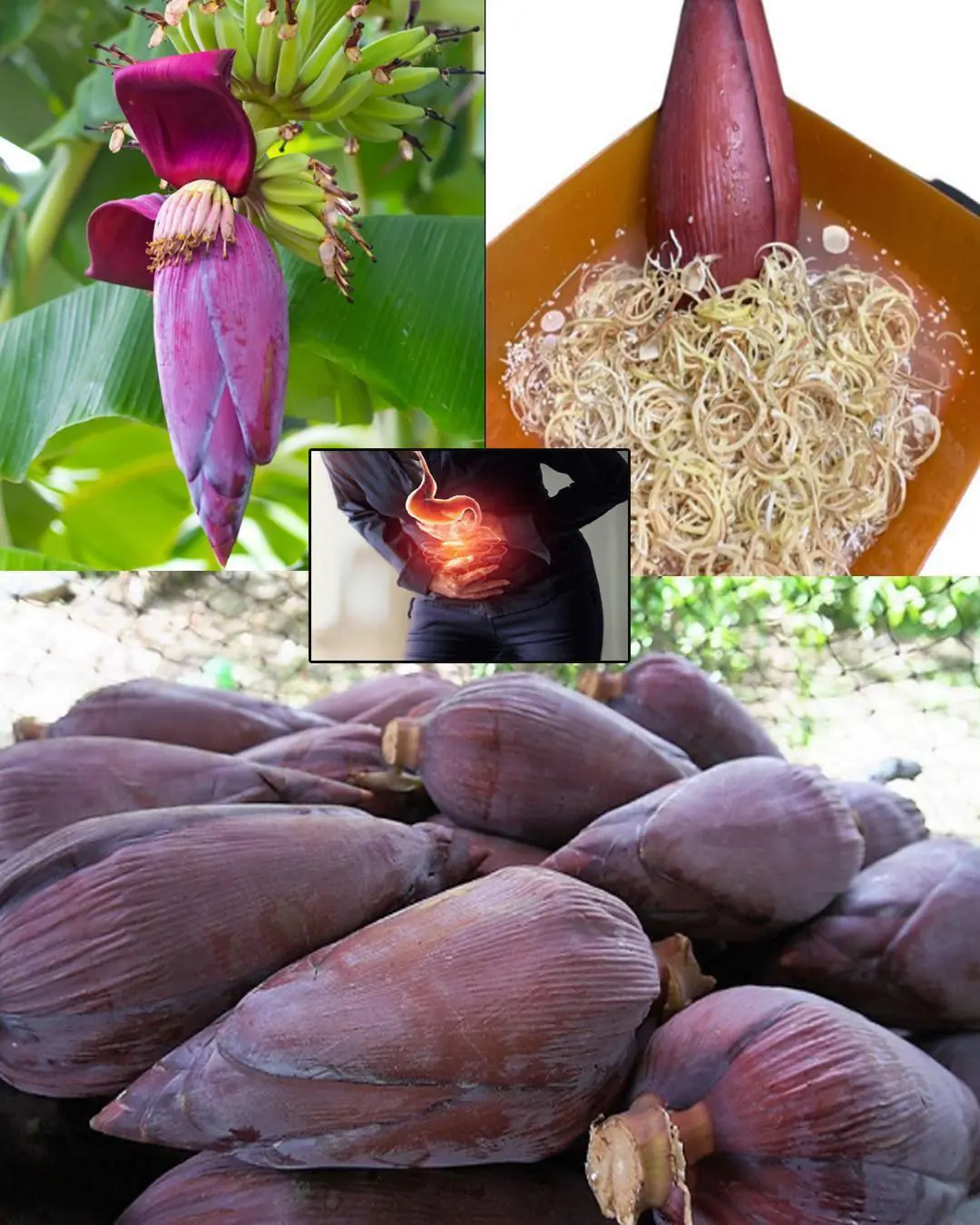
Banana Blossom: Health Benefits, Recipes, and Uses
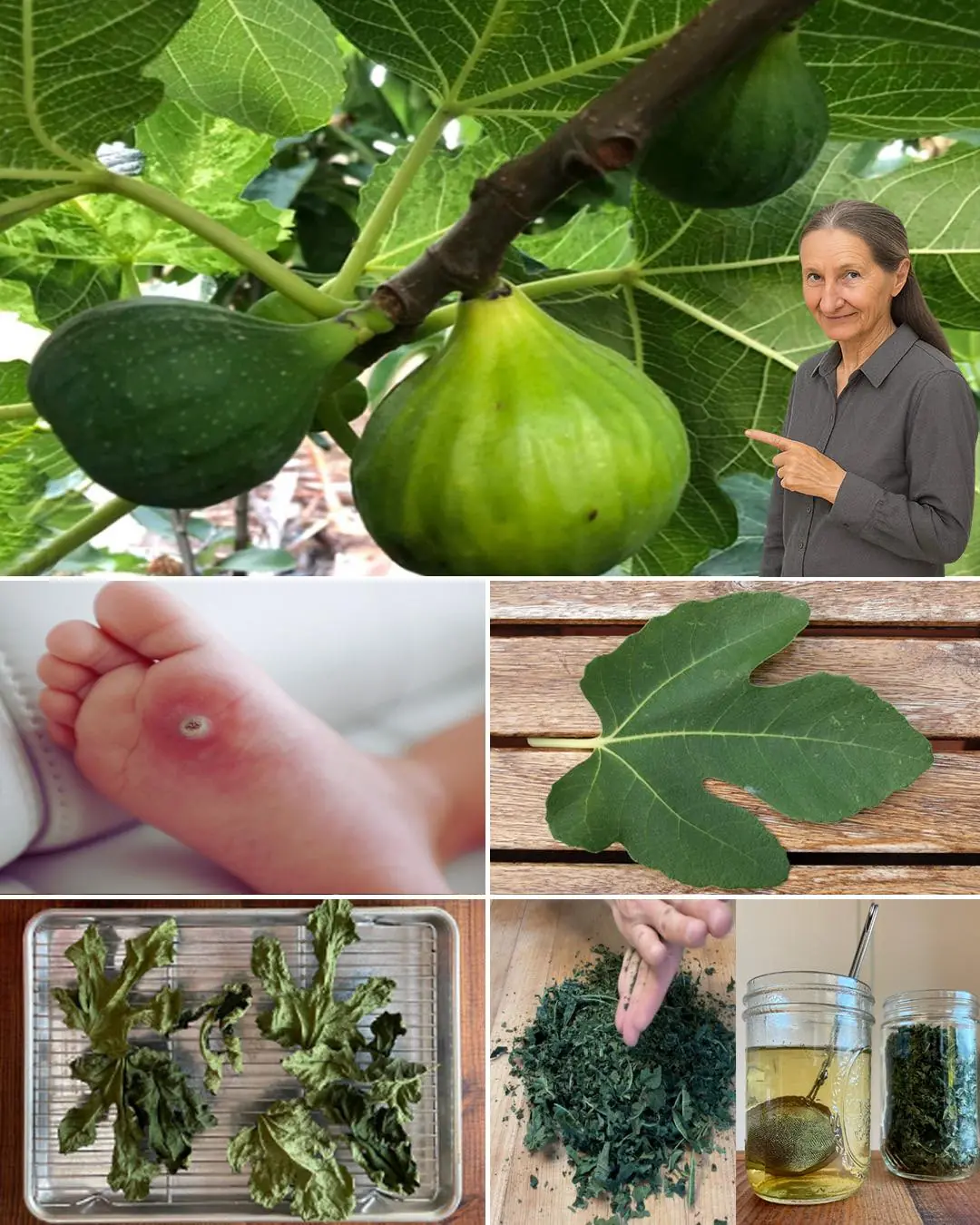
Fig Leaves: Surprising Benefits and Uses

Inner Vitality Elixir: Benefits of Uda Seeds, Lemon, Aidan Fruit, and Ginger for Women’s Health
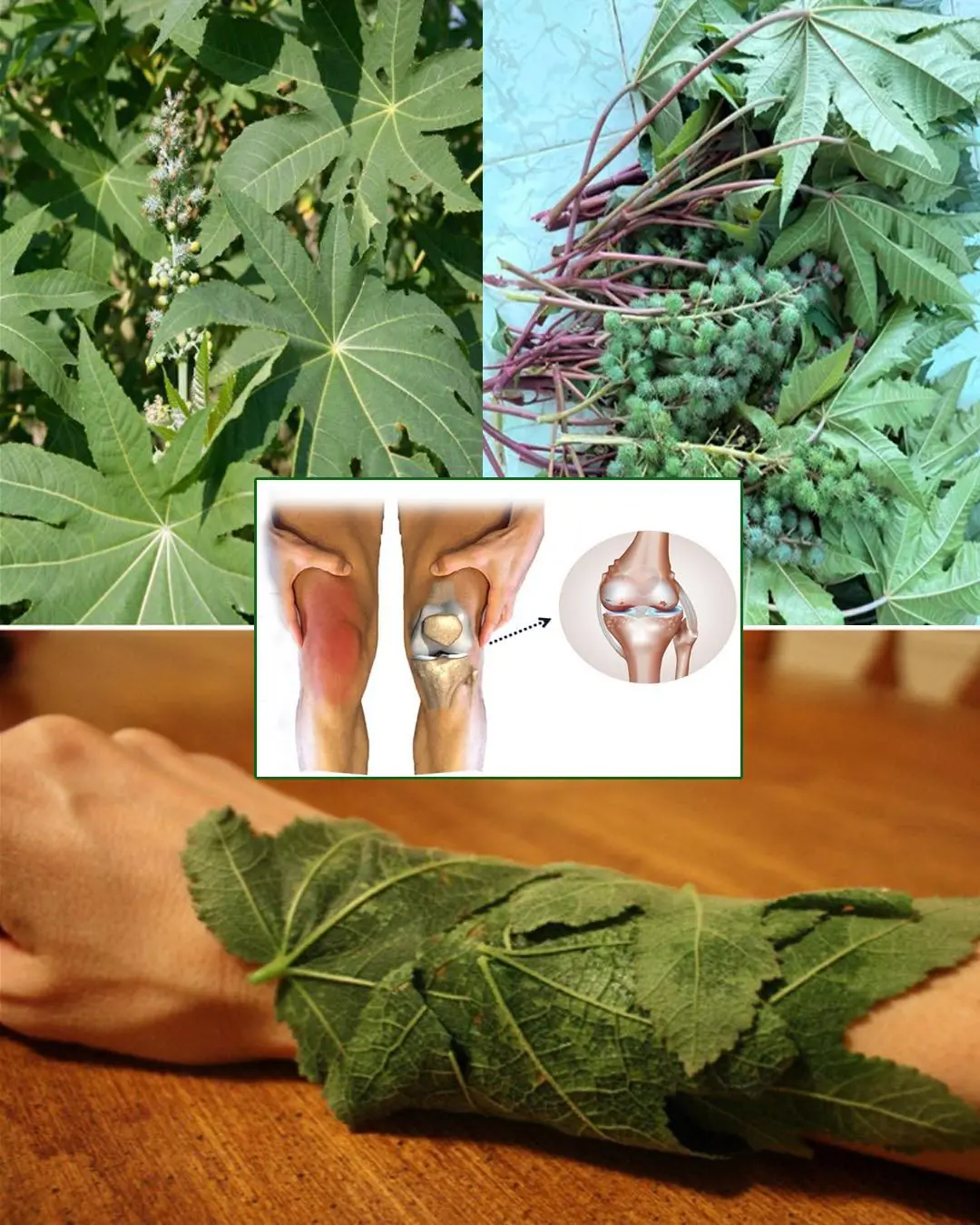
Some of the Benefits of Castor Leaves and the Seed
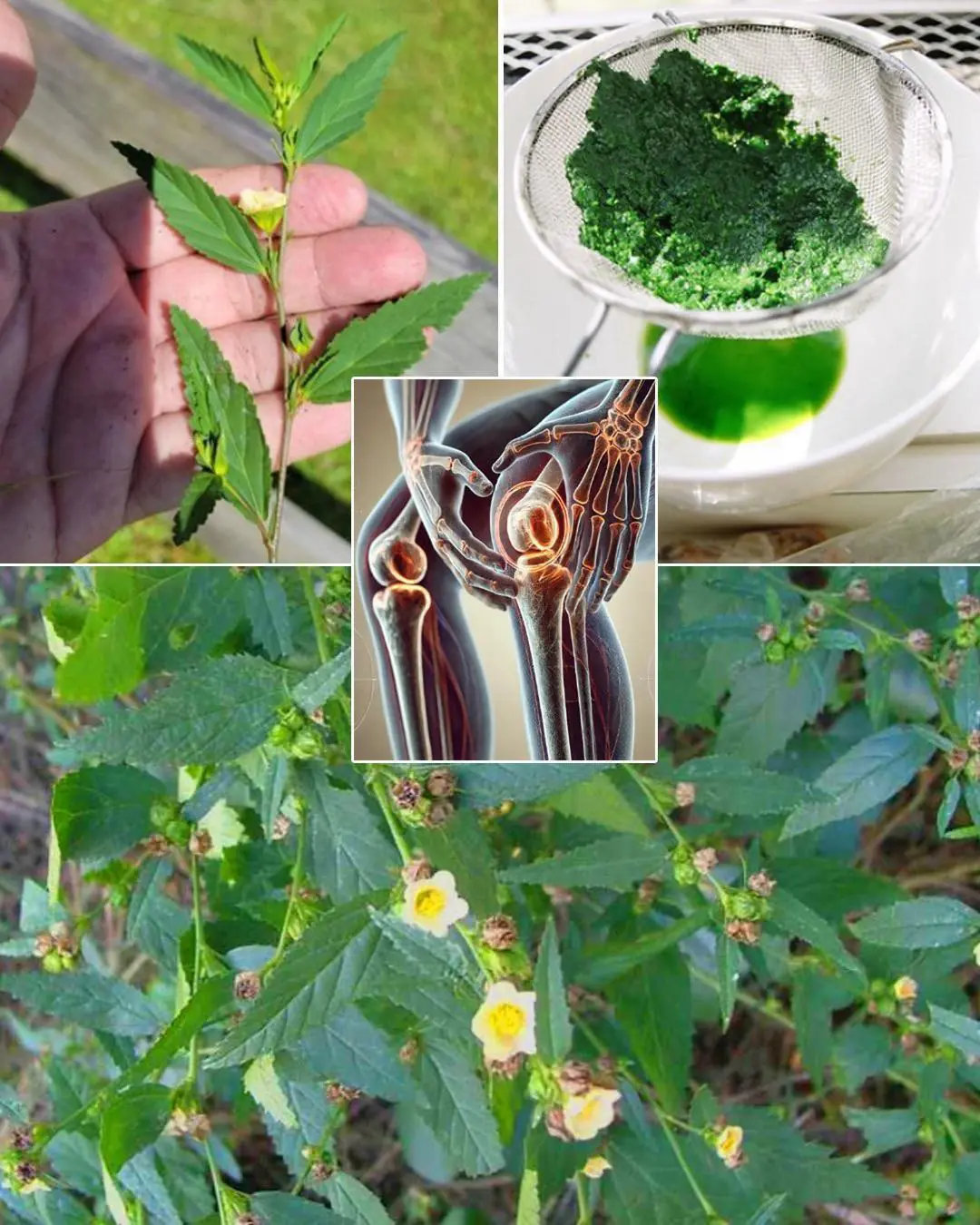
The Versatile Uses of Stubborn Grass
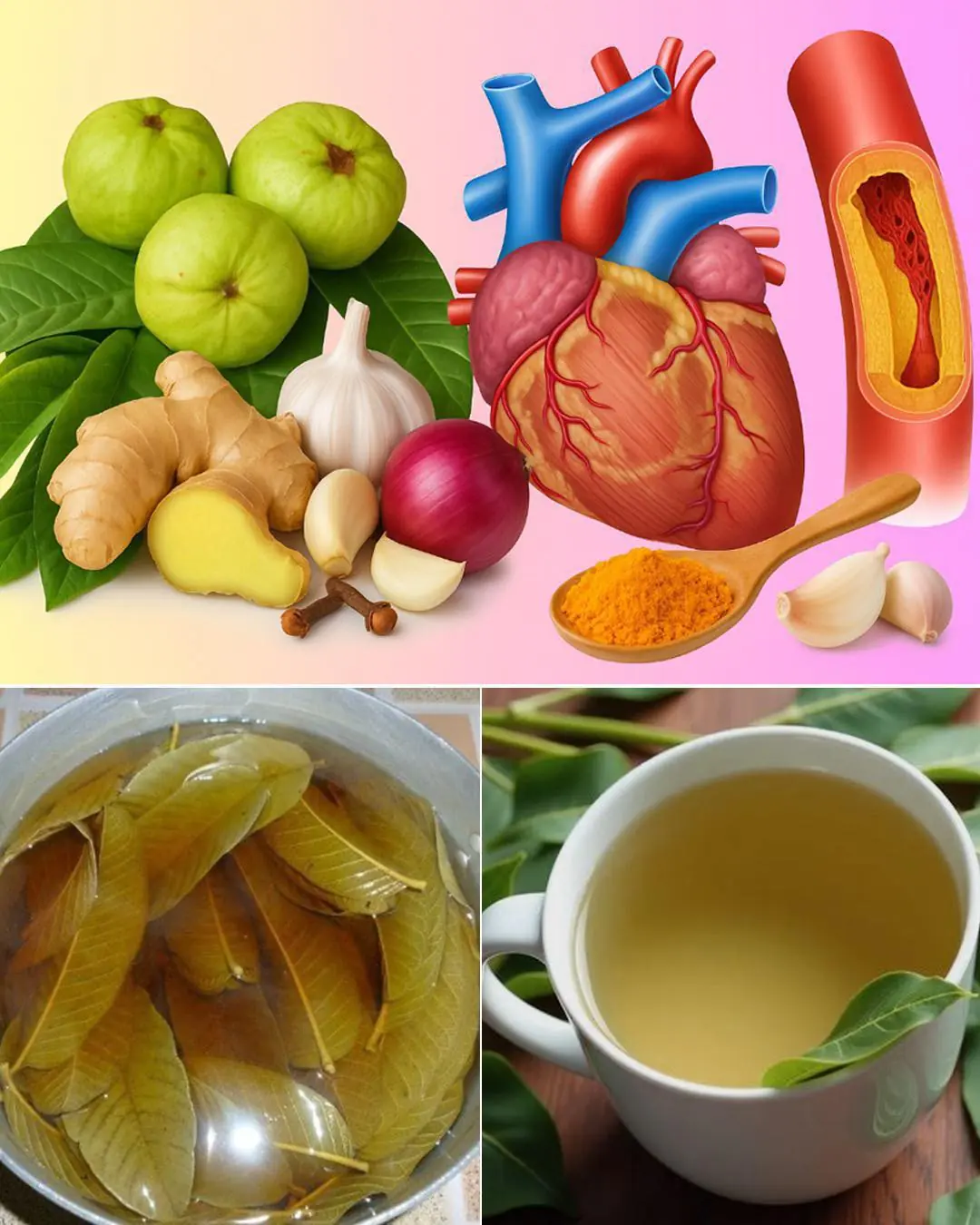
The Best Tea for Mornings and After Dinner: A Powerful Blend for Health
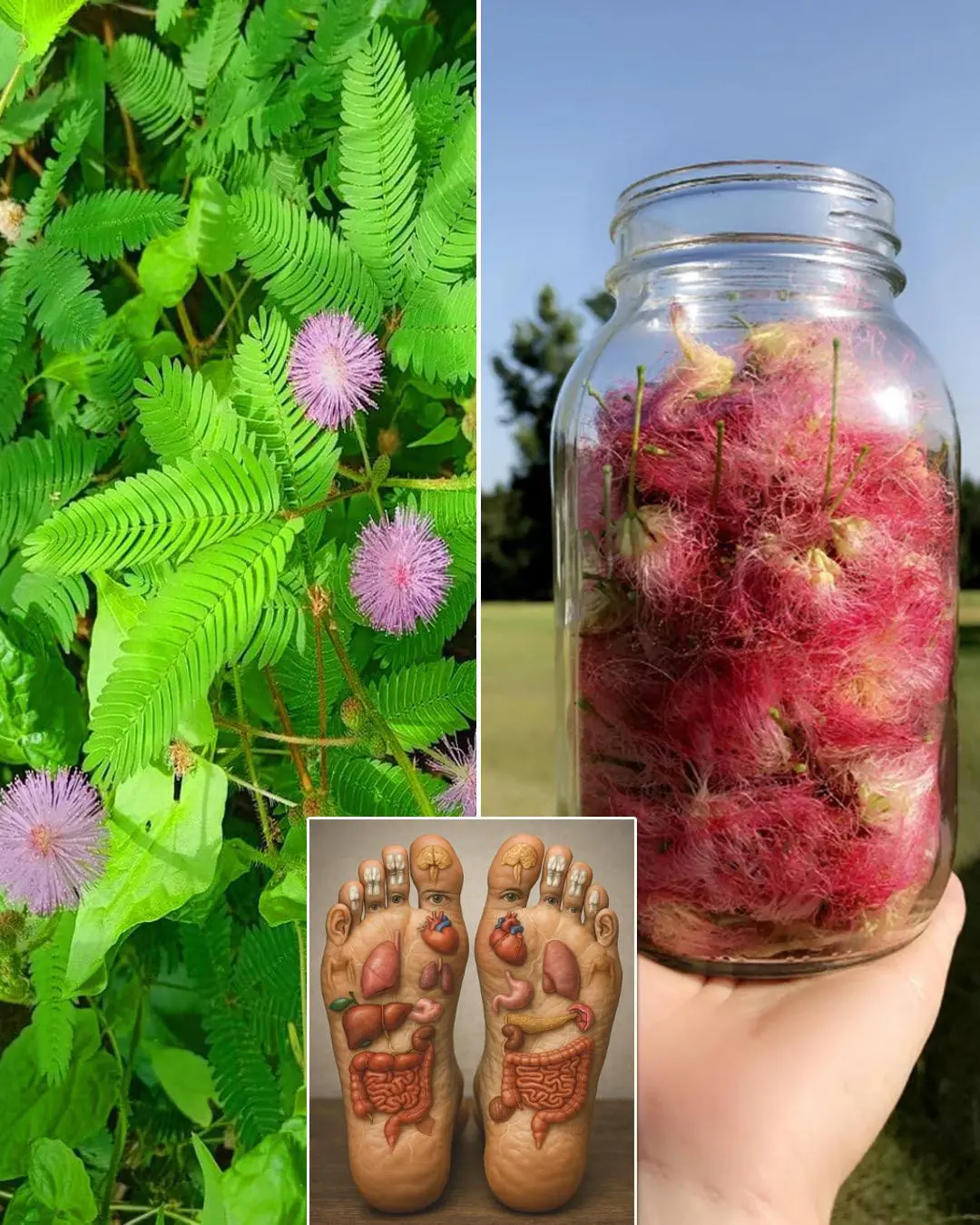
Mimosa Pudica Tea: How to Prepare and Health Benefits
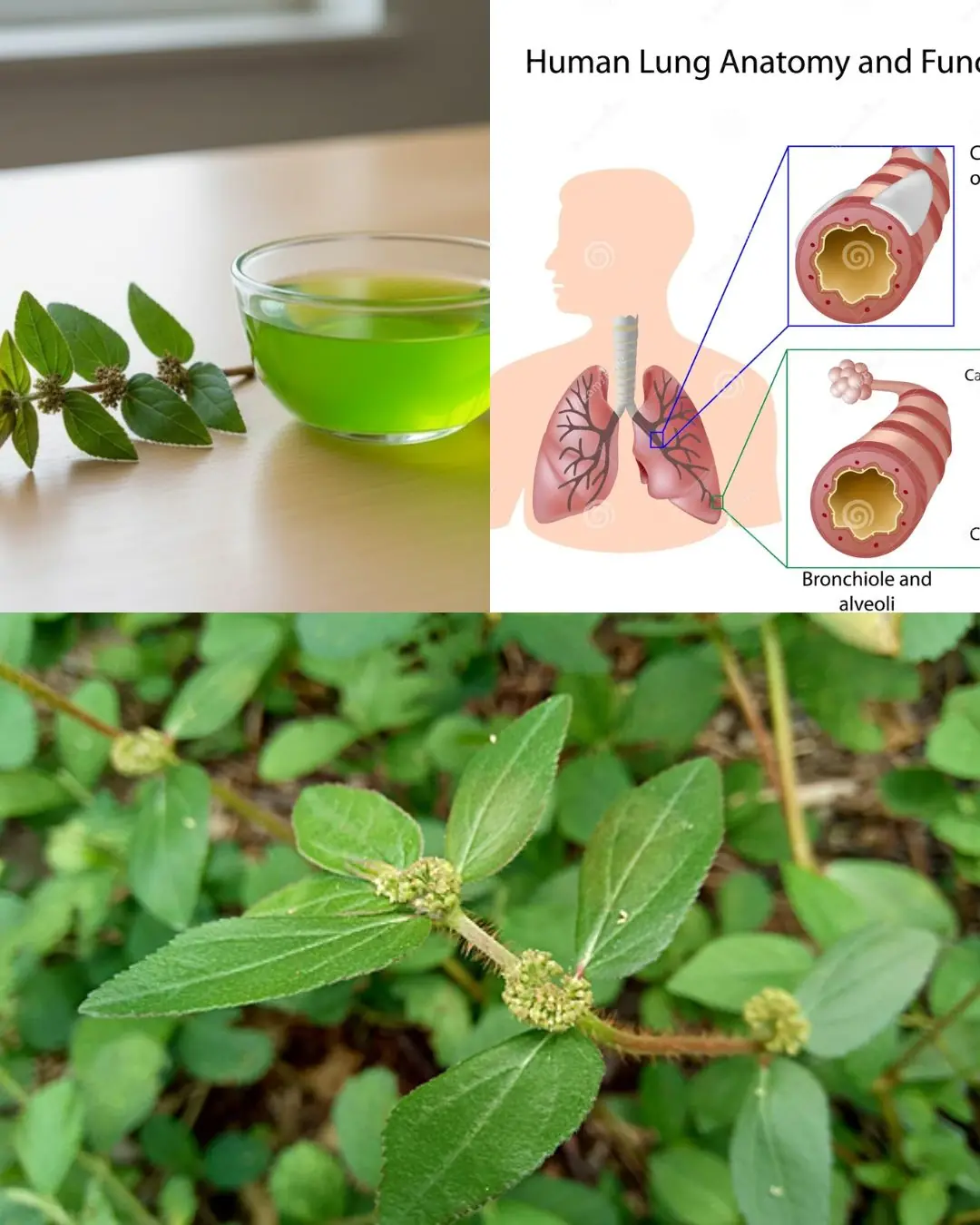
Euphorbia Hirta (Asthma-plant): Traditional Uses and Applications
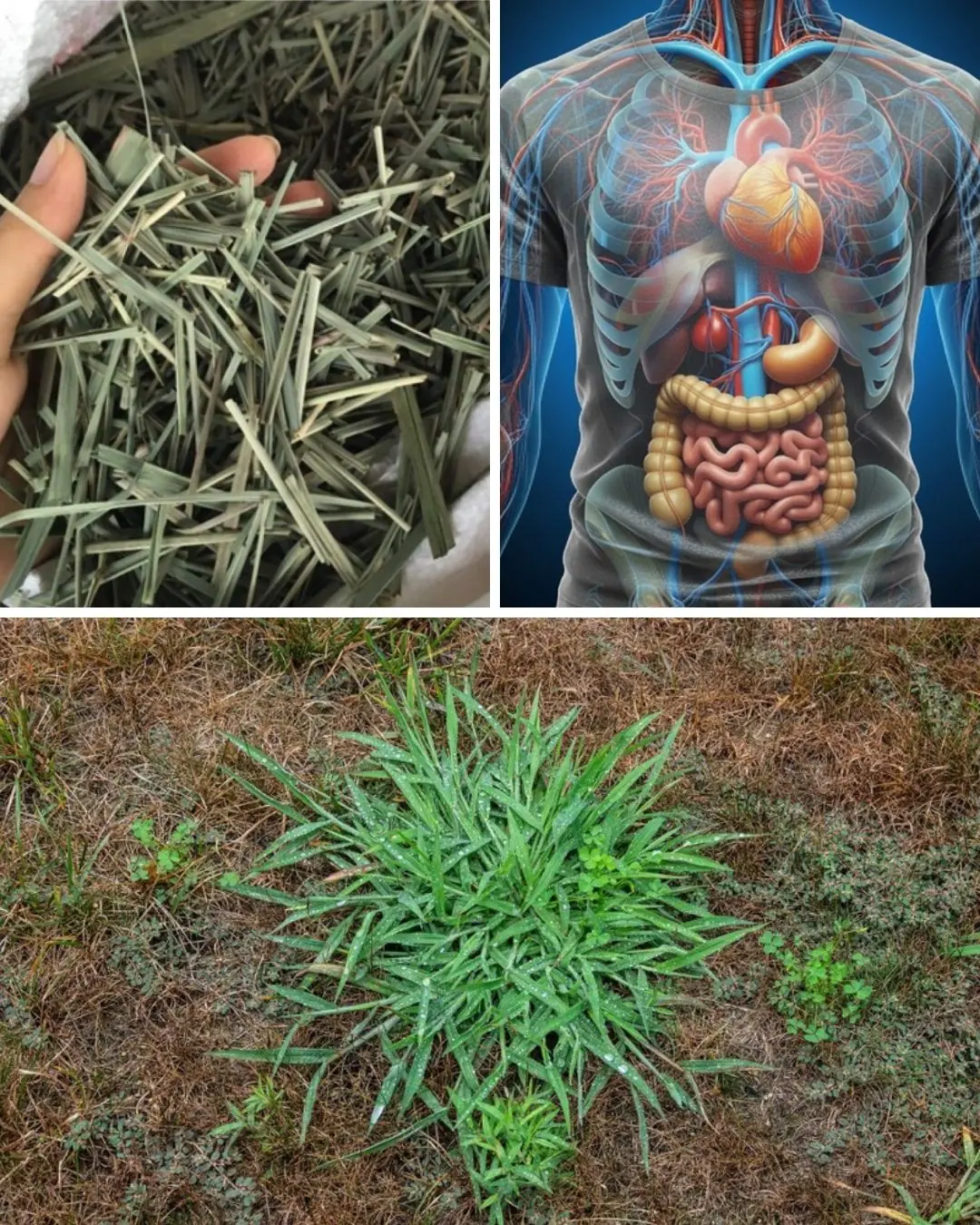
Harnessing the Power of Goose Grass: A Guide to Its Preparation and Therapeutic Uses
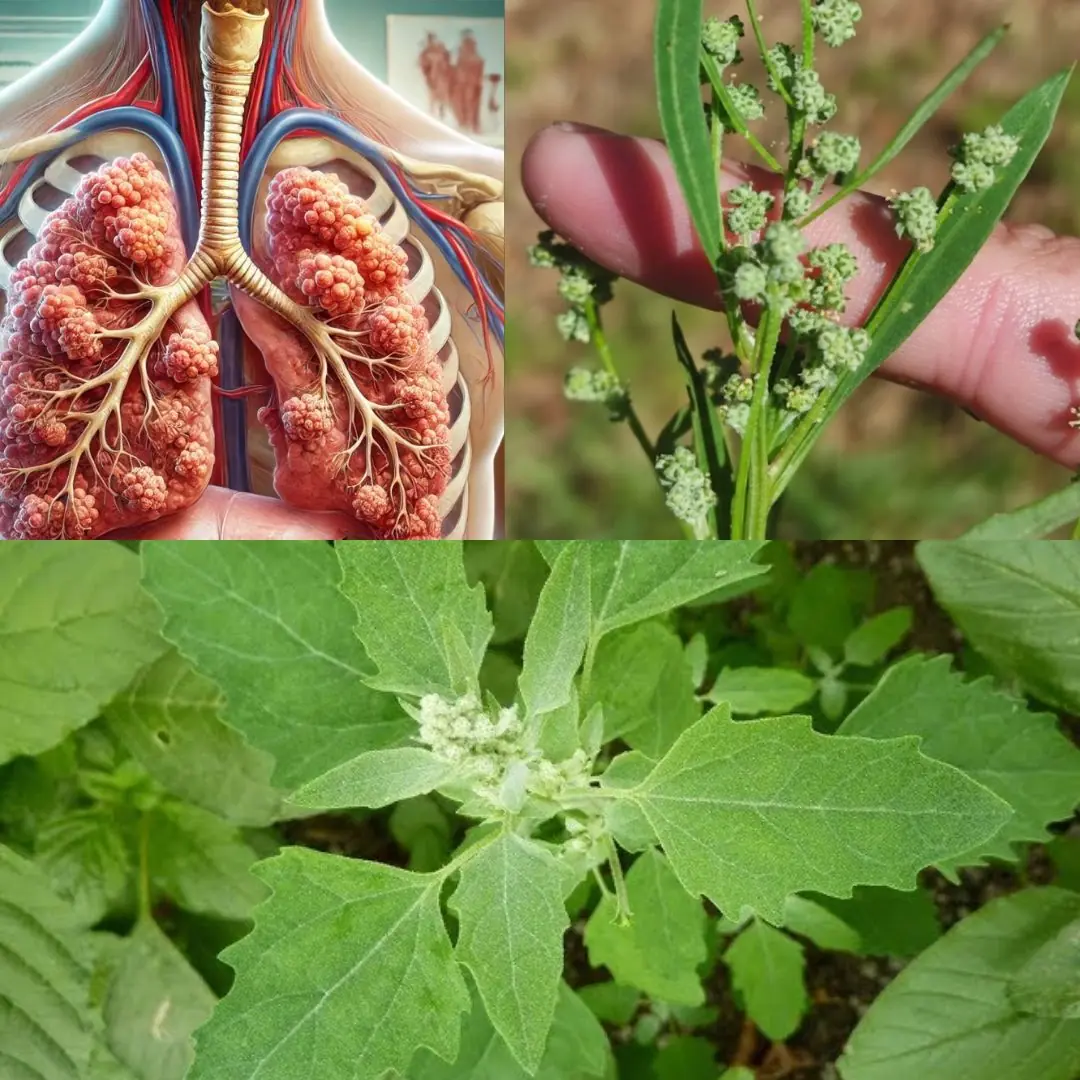
Lamb’s Quarters/Wild Spinach: The Underestimated Superfood with Maximum Health Benefits
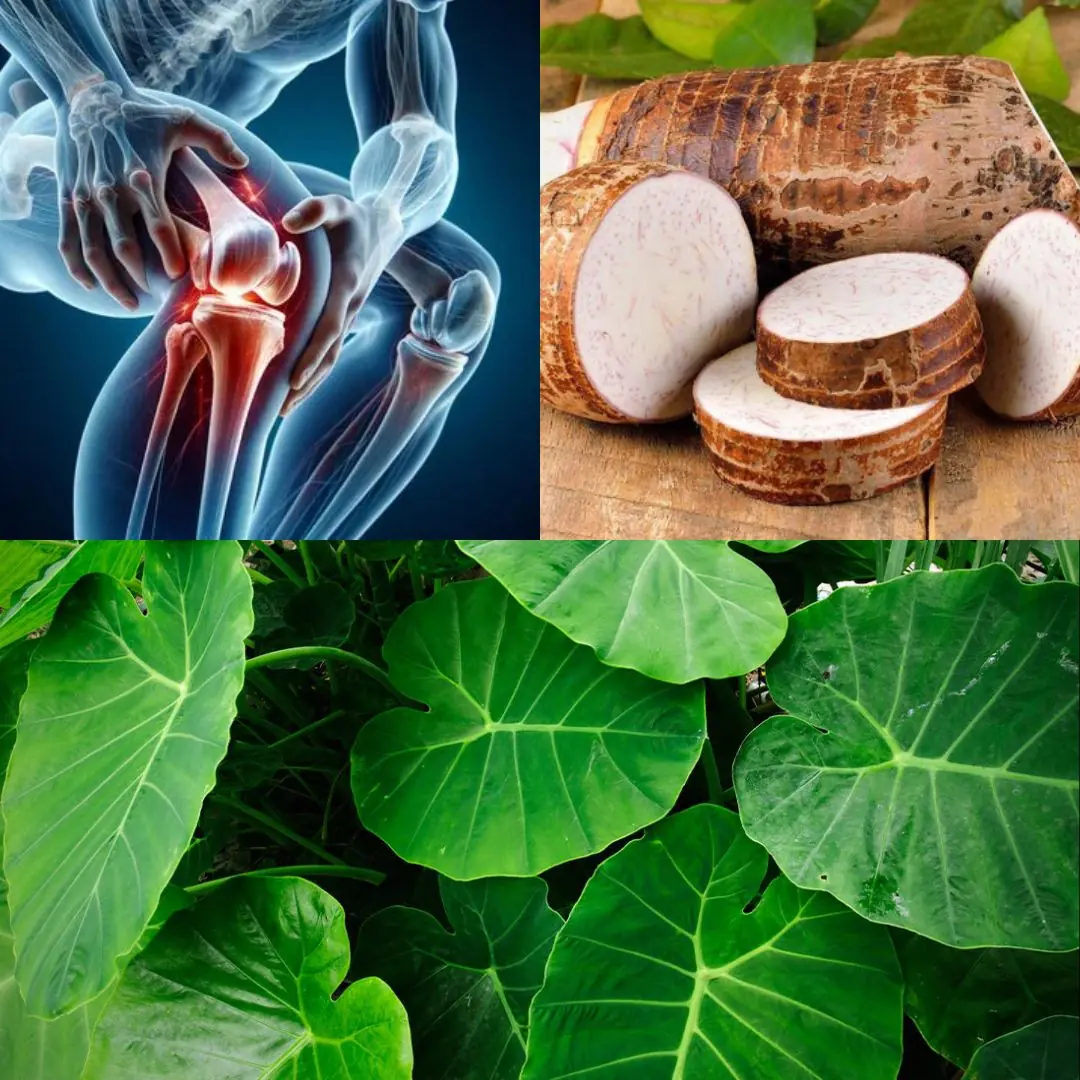
Taro Root: The Ancient Superfood Transforming Health and Sustainability

Men’s Vitality Tonic: The Bold Health Boost from Ginger and Pineapple
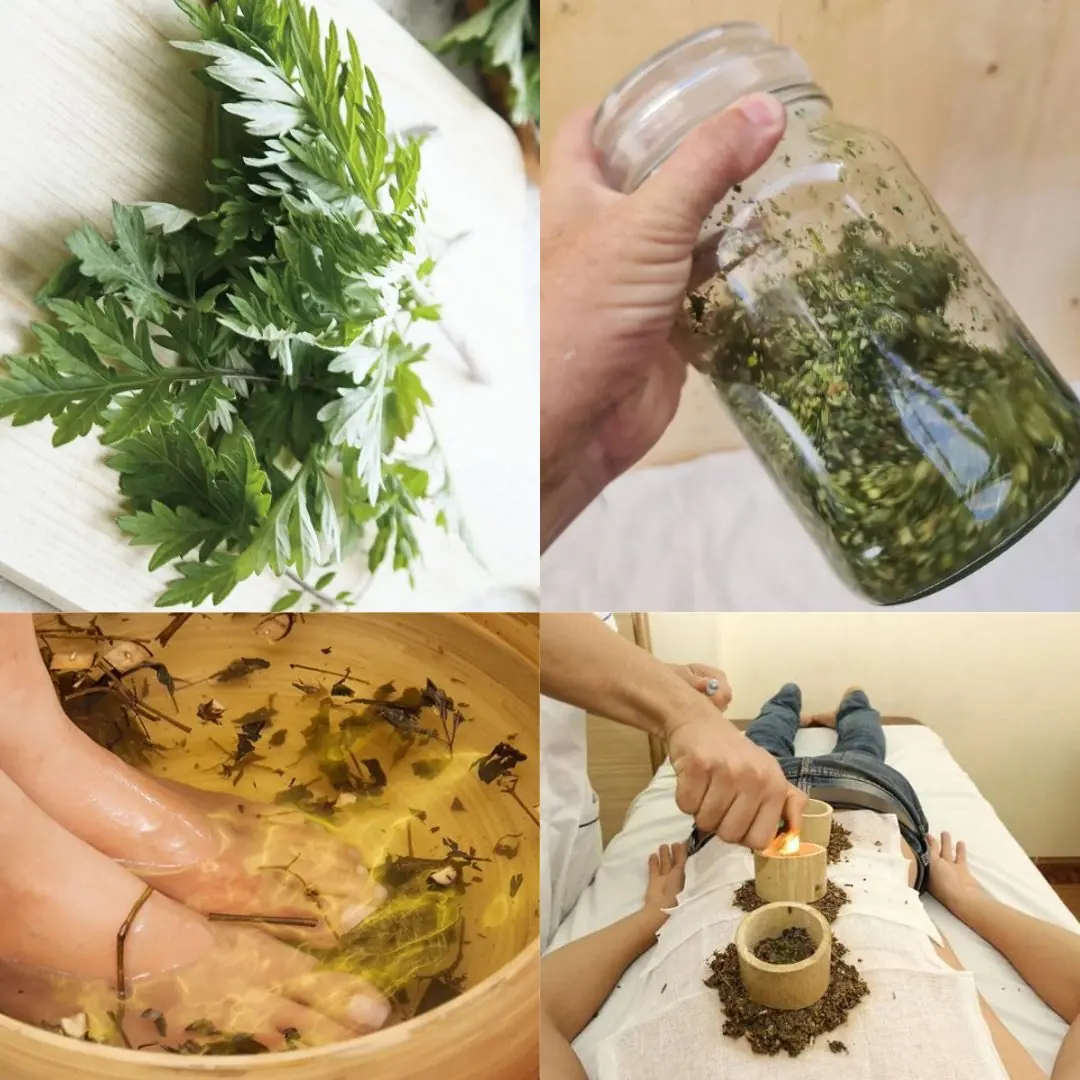
Mugwort Plant: Benefits, Properties, and Uses
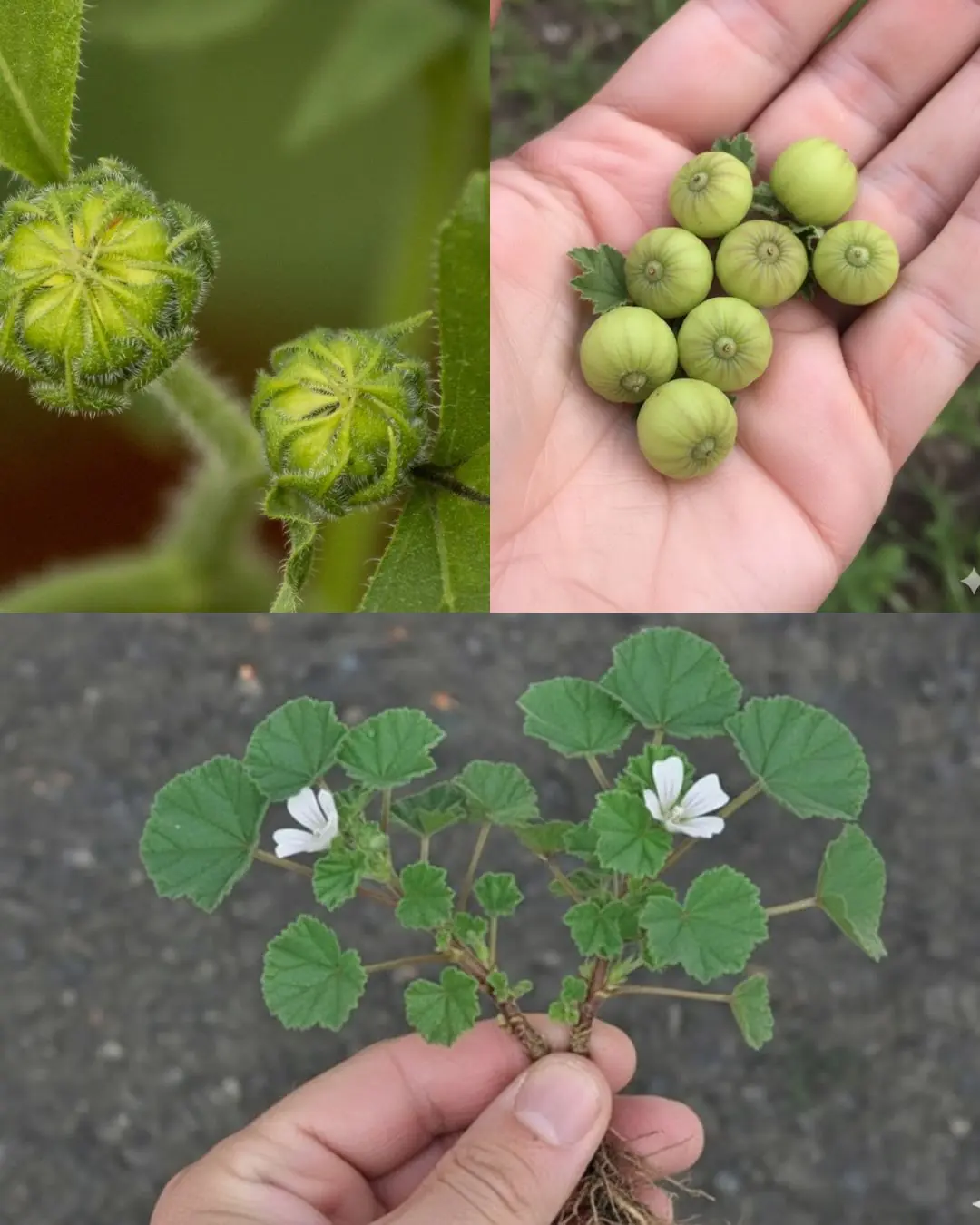
Unveiling the Green Marvel: The Top 10 Health Benefits of Common Mallow Leaves
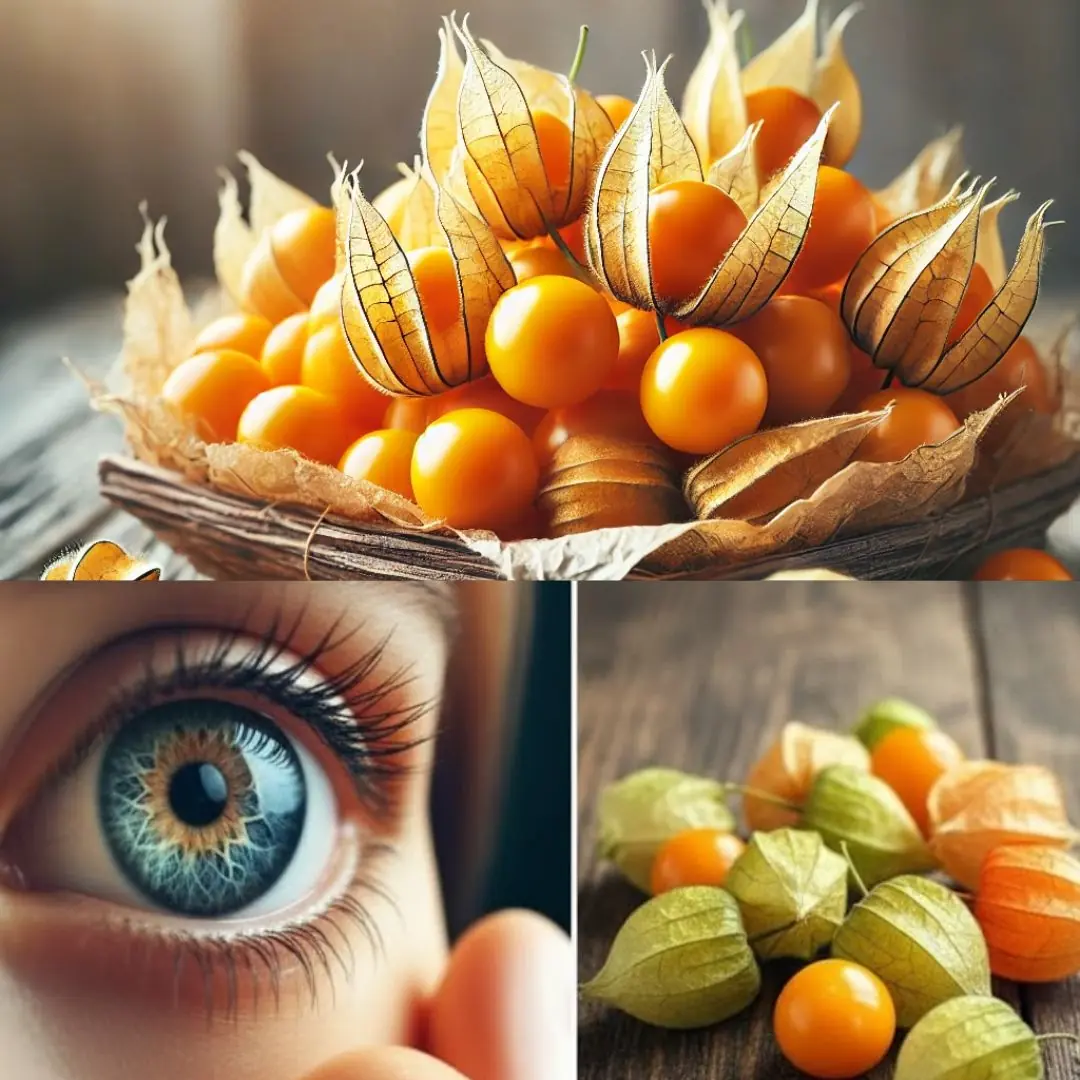
Goldenberries (Physalis peruviana): A Nutrient-Packed Powerhouse for Health and Vision
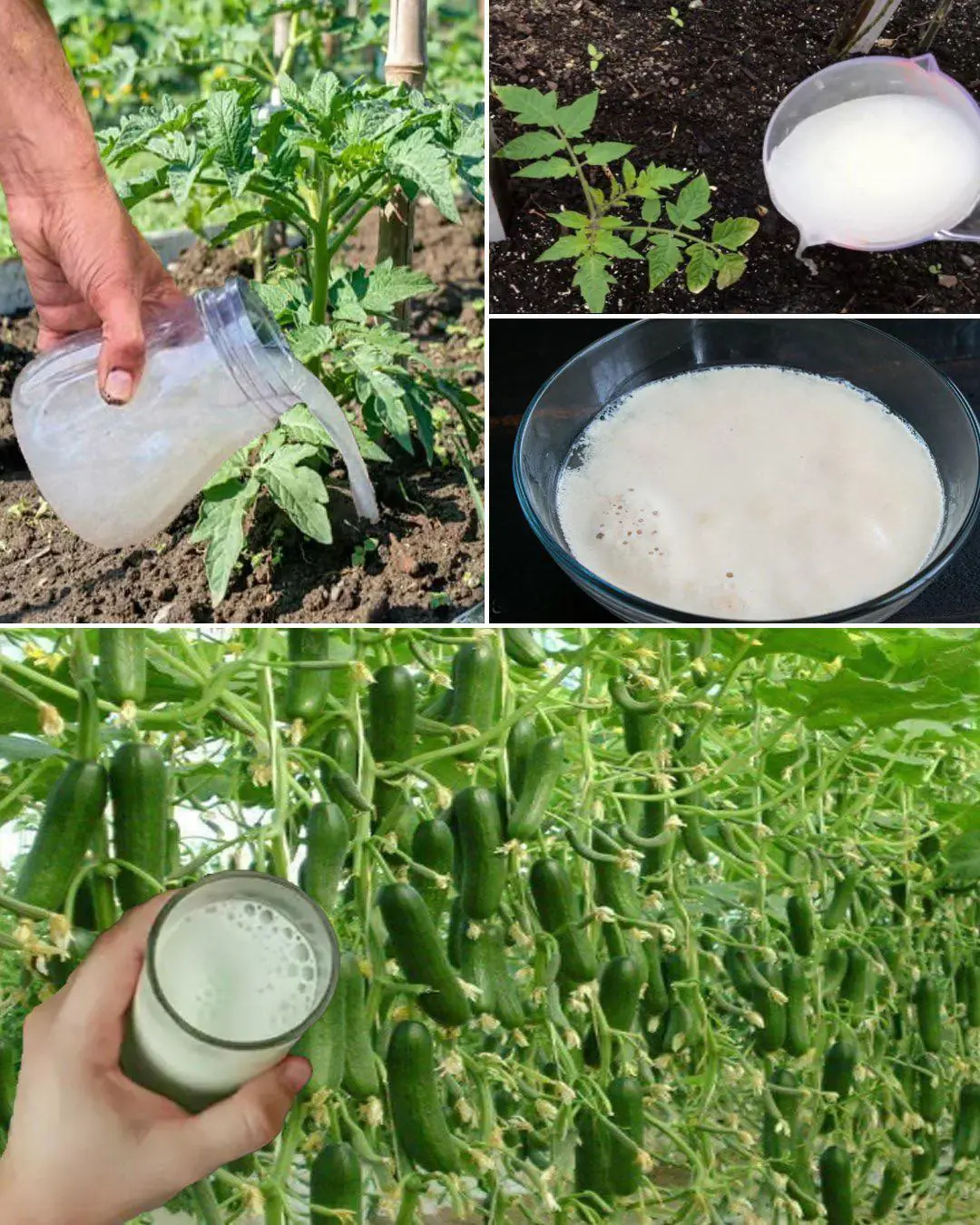
Garlic, tomatoes and cucumbers will grow rapidly. The most powerful fertilizer.
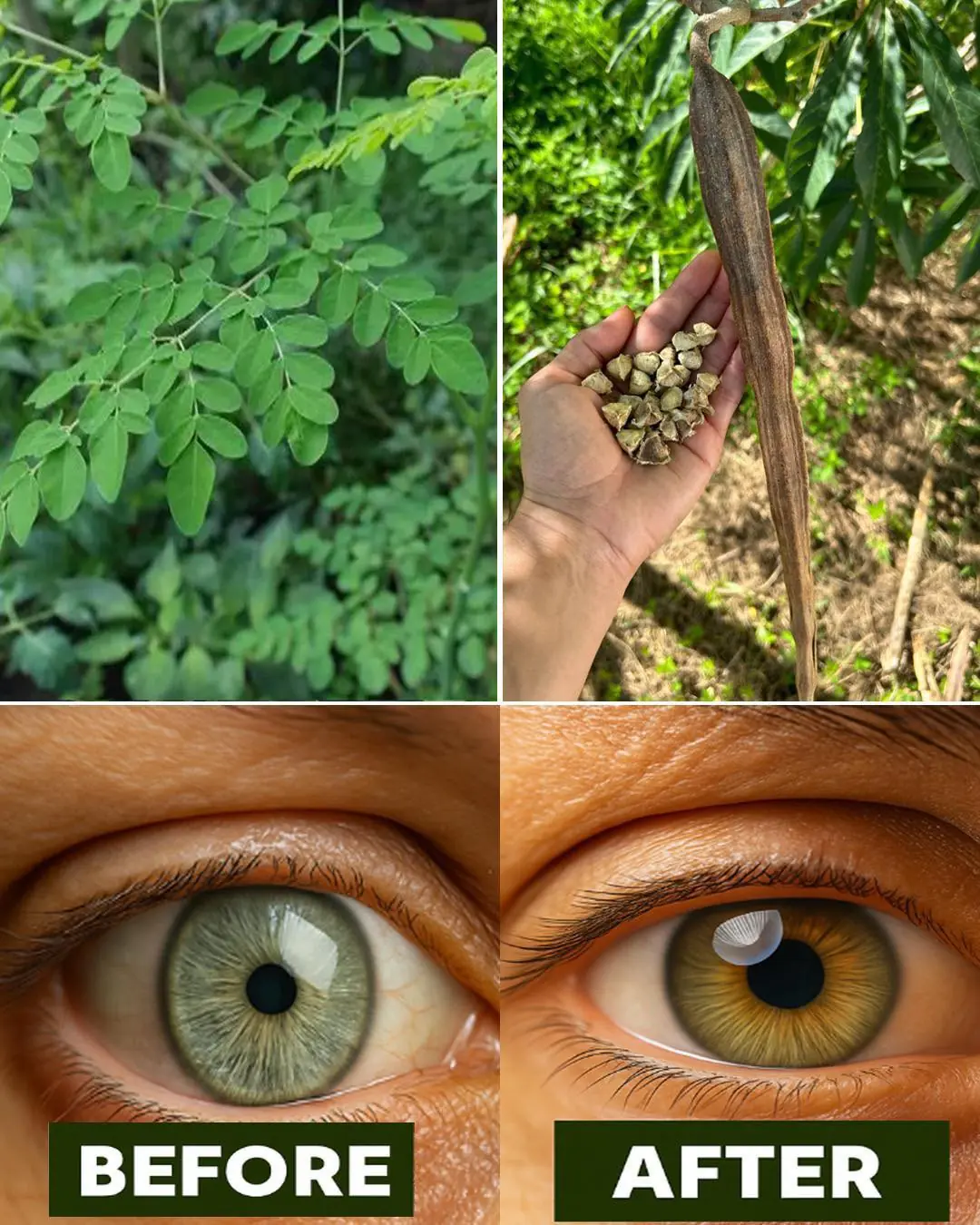
12 Powerful Benefits of Moringa Seeds
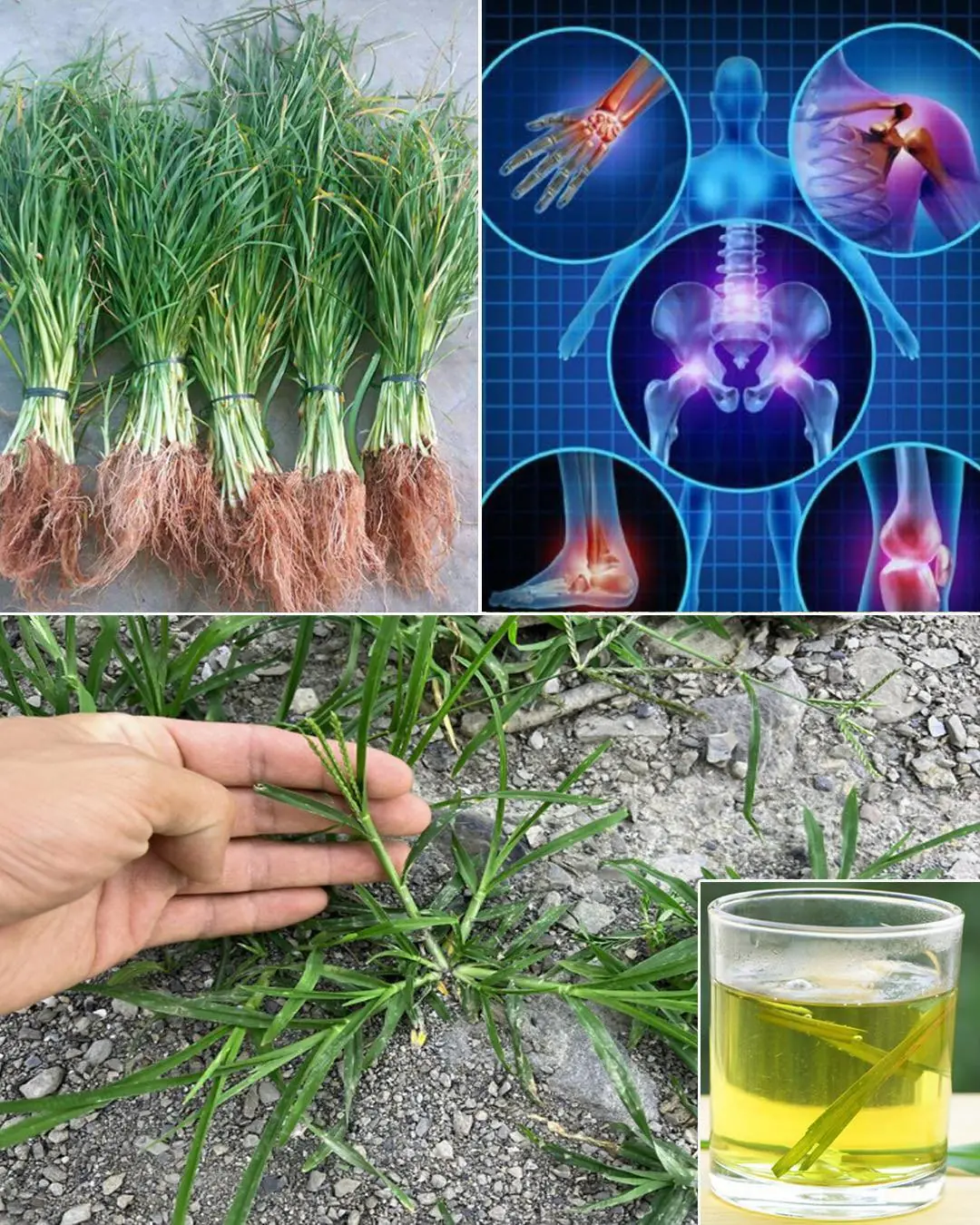
25 Incredible Health Benefits of Goosegrass
News Post

Lemon Seeds Can Save a Snakebite Victim Within Just One Minute If Used This Way

Why Keeping A Lemon In Your Bedroom Is A Great Idea

Put salt in your toilet. Here's why. This is something plumbers will never tell you

Guava Leaves for Blood Sugar Control: Nature’s Gift for Diabetics

Banana Blossom: Health Benefits, Recipes, and Uses

Fig Leaves: Surprising Benefits and Uses

Inner Vitality Elixir: Benefits of Uda Seeds, Lemon, Aidan Fruit, and Ginger for Women’s Health

When Checking Out of a Hotel, Don’t Fold the Bedding—Not Knowing This Will Only Cause Trouble

Some of the Benefits of Castor Leaves and the Seed

The Versatile Uses of Stubborn Grass

Pour Beer into Table Salt to Solve Many Household Problems – Wish I Knew This Trick Sooner!

The Best Tea for Mornings and After Dinner: A Powerful Blend for Health

Mimosa Pudica Tea: How to Prepare and Health Benefits

If you have this plant in your garden, don’t cut it down – it’s incredibly valuable!

Euphorbia Hirta (Asthma-plant): Traditional Uses and Applications

Harnessing the Power of Goose Grass: A Guide to Its Preparation and Therapeutic Uses

The water pipe is clogged, do this way to solve it easily, no need to call a plumber

Woman Left with Swollen Lip After Centipede Bites Her in Sleep
